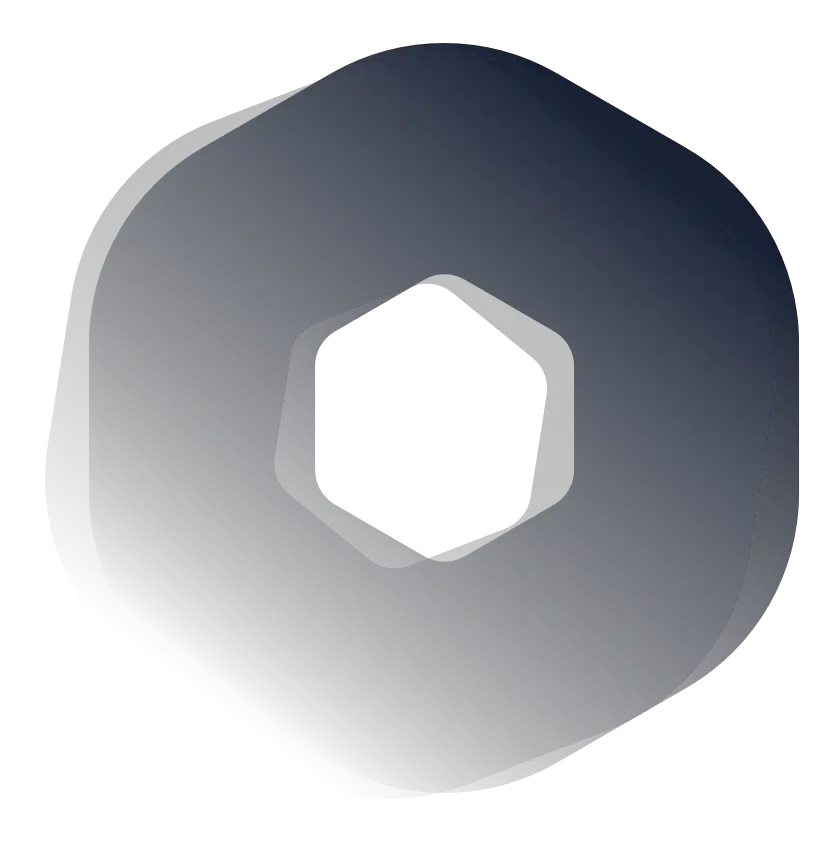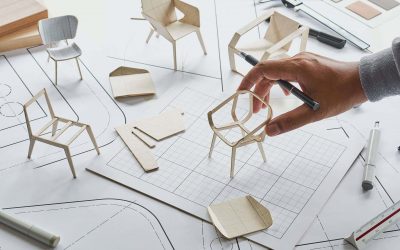Visual communication is all around us. Today graphic design is interwoven into everything we do & consume. It becomes part of our culture. The New York Subway System’s subway maps are so iconic that they appear in textbooks about information graphics & appearing on posters, t-shirts, tote bags, etc. There are endless books about album cover art, print advertising, typography, & other graphic design examples that show us what compelled the people of those time to the evolving tastes & interests of previous generations.
It’s easy to see that graphic design reflects & influences our everyday choices from who we shop with to what brand we associate ourselves with. Can it also affect what media we pay attention to or even who we vote for? Let’s take a look at how graphic design influences politics.
This article was originally published on https://www.aaloftsdesign.com. If this article appears on any other site other than https://www.aaloftsdesign.com without clear referencing it is a violation of the copyright owned by https://www.aaloftsdesign.com.
This article may contain affiliate links. That means if you click & buy a product, I may receive a small commission at no extra cost to you. AALofts Design is a participant in the Awin Affiliates program, an affiliate advertising program designed to provide a mean for sites to earn advertising fees by advertising & linking to participating merchants. For more information, please view my Privacy Policy & Terms & Conditions Pages.
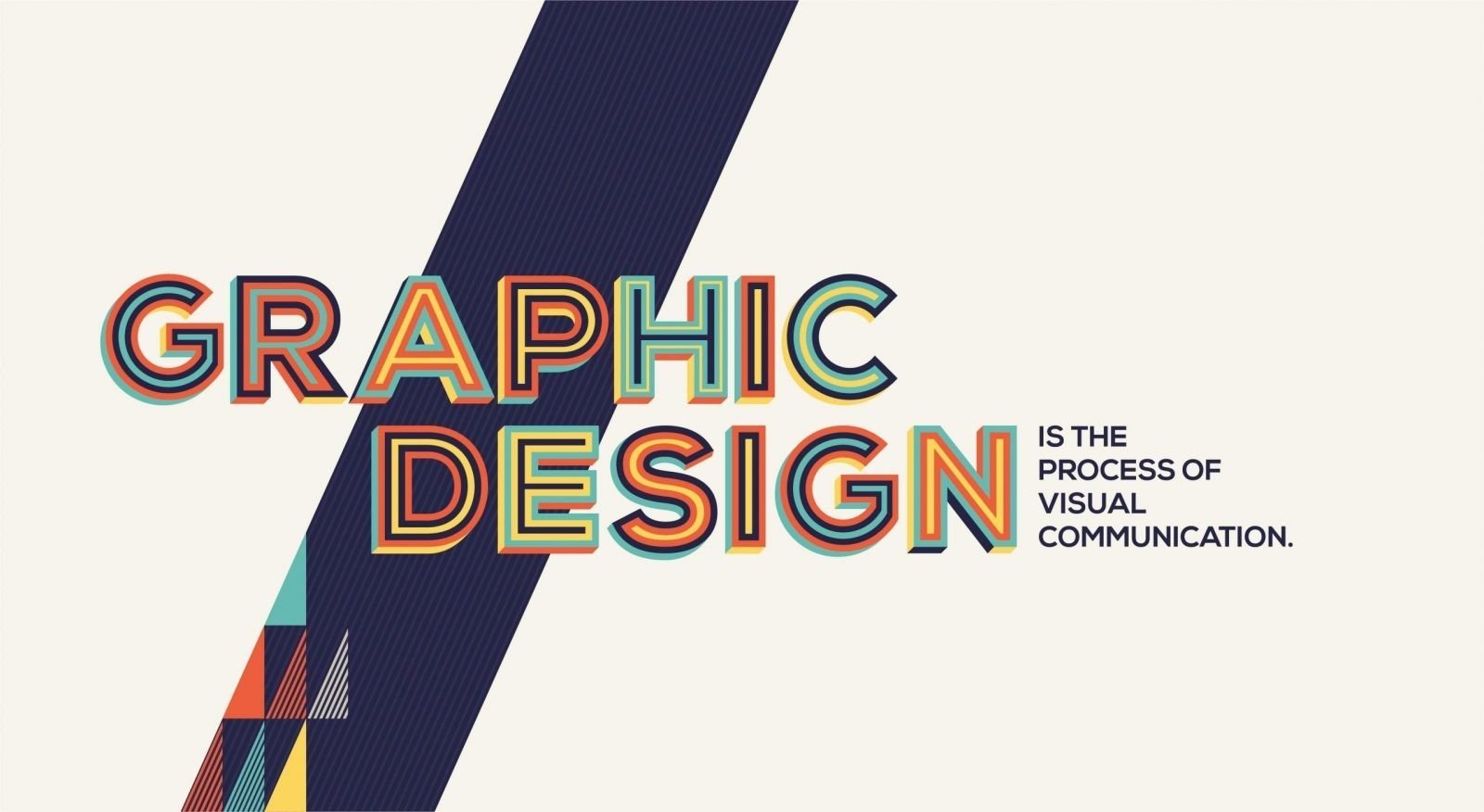
Graphic Design & Propaganda.
Over many years, graphic design has been used to create propaganda imagery. Propaganda is a form of politically persuasive visual communication & uses art, illustrations, & symbols to easily communicate big ideas & concepts meant to support causes, countries, & belligerents in battle. From a pure design standpoint, propaganda is always interesting to observe & study, even though the design’s motives deserve closer scrutiny.
A wide range of materials & media distributes propaganda messages, which changed as new technologies were invented, including cartoons, posters, films & websites. More recently, the digital revolution has pioneered new ways of distributing persuasive media. For example, bots & algorithms are currently deployed to create & spread computational propaganda on social media, such as heavily doctored news.
Whether you call it propaganda graphic design or heroic realism, there’s a highly captivating form of design that deals with propaganda to rally people around various causes & events. From a pure design perspective, propaganda art can be overwhelming, as it idealizes & stylizes the ordinary into something much more grandiose to rally support for causes or gin up national fervour against something.
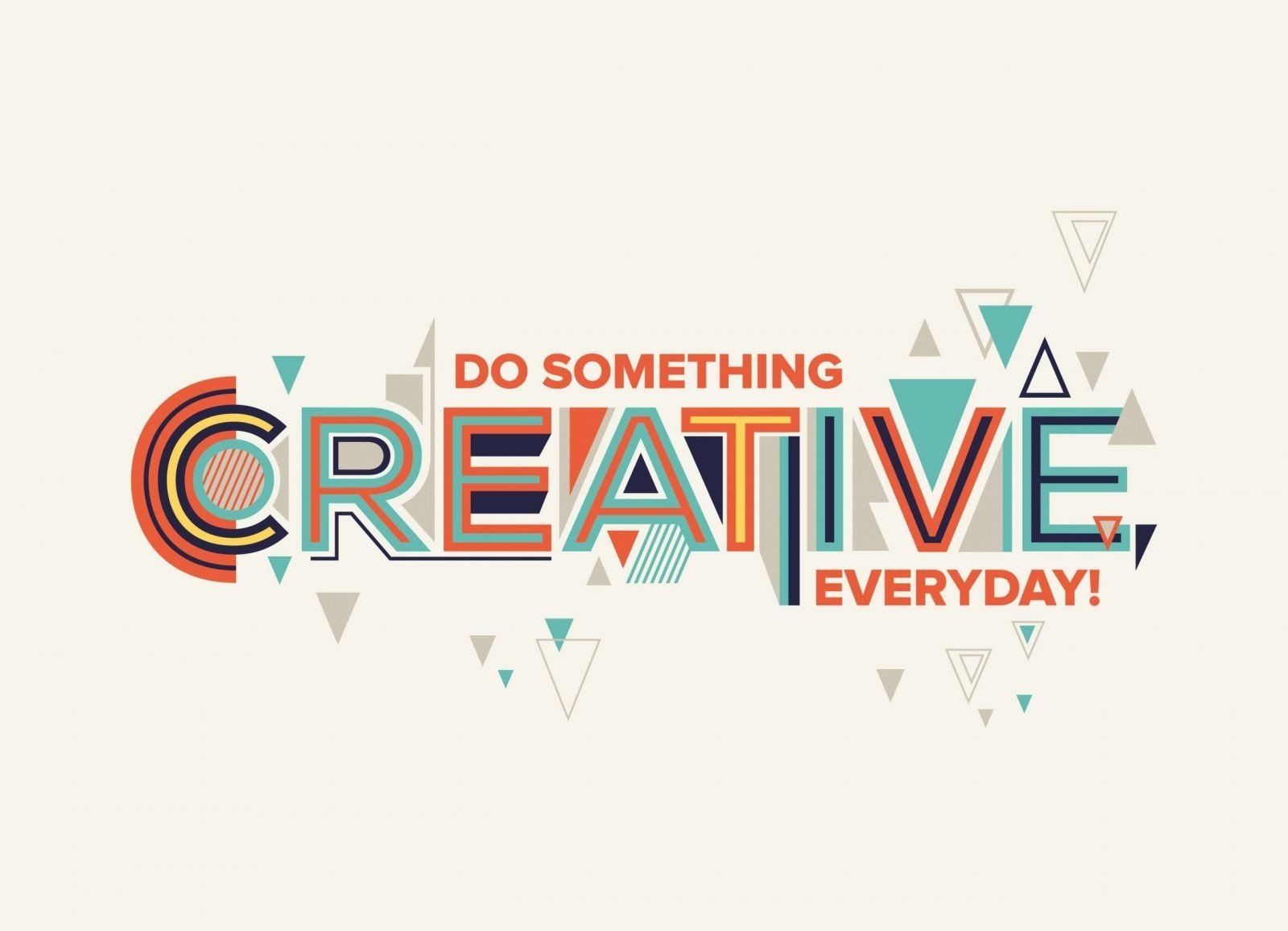
Seen especially during World Wars I & II & with the rise of different totalitarian regimes in the 20th century, propaganda graphic design is usually political. It depicts people, concepts, & goals as heavily idealized. Let’s take a look at this critical piece of design history in greater detail. While people were engaging in deadly combat on the ground with all sorts of weaponry, graphic designers used the communication medium to support the larger cause of their respective nations or causes. This was the classic propaganda battle that could help change any war due to its ability to mobilize & encourage or demoralize its target audiences.
There was also a more straightforward reason for design: raising money & keep wartime economies going. Common ways that governments helped to ensure this cause were by war savings, bonds & loans, war work, & fuel & food conservation. To encourage & push their citizenry to go along with all of these initiatives, some would call them actual sacrifices: governments came up with propaganda in designs like posters. For example, if you were to see various heroic-realism posters depicting the glory of working at a factory to make bombs to help your country win the war, you were more likely to do just that.
If you saw propaganda posters showcasing the patriotism of investing in war bonds, then you were also more likely to go ahead with that contribution. Of course, perhaps the most direct form of propaganda graphic design was patriotic posters encouraging citizens to sign up directly to be combatants in the war—think of the traditional, memorable & classic, “Uncle Sam…wants you!” posters.
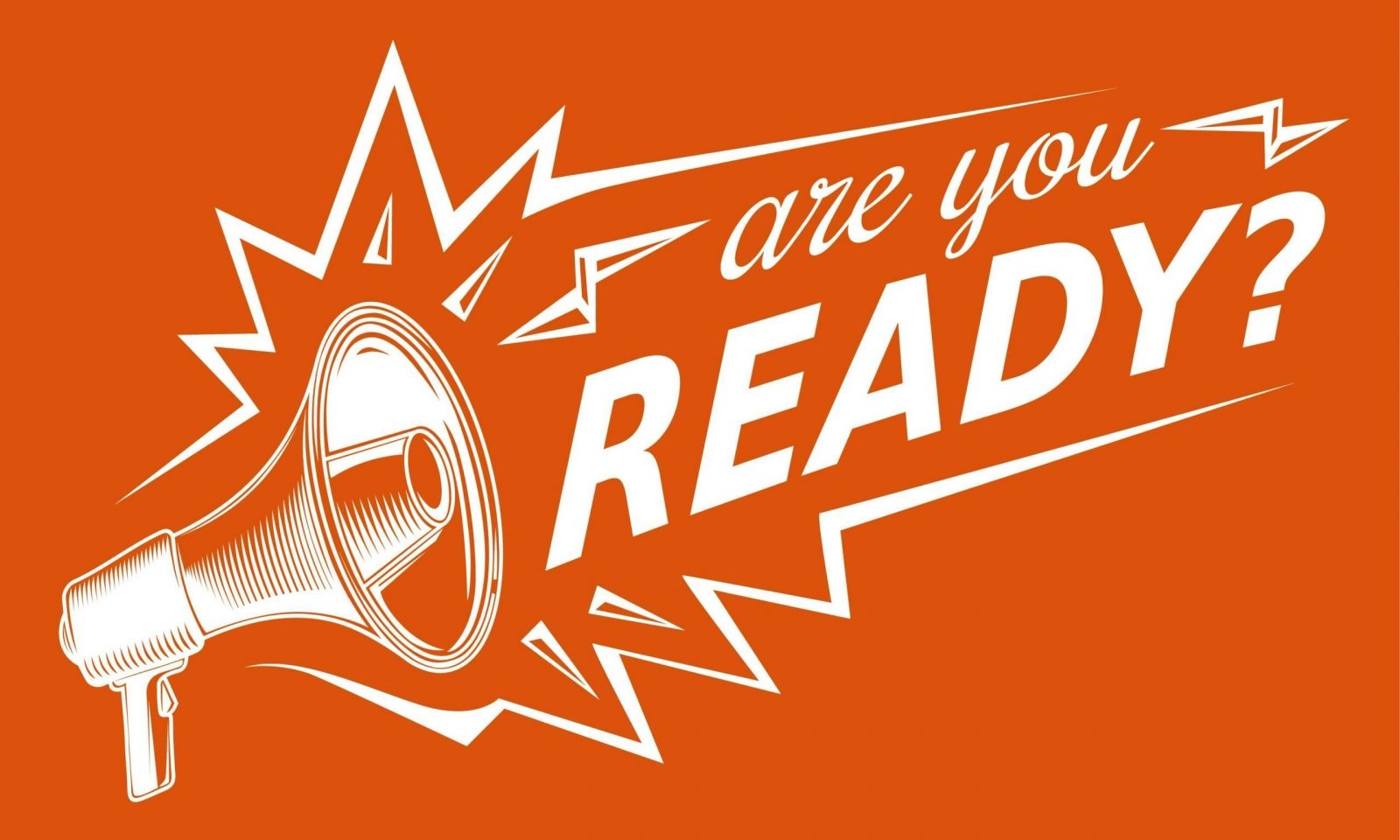
Graphic Design & Cultural Identity.
If our current societies collapsed & you were visiting our ruins to study us, you could learn a lot about our cultures. You could pick up newspapers or magazines & see what we were interested in reading or textbooks & see we were teaching. Gig posters are also great as cultural & historical road markers, as music has evolved so much over the years, globally & locally. Their visual style says something about that era & type of music.
Package design also captures culture, since its objective is to attract a buyer & as such calls to that era’s style & that era’s needs. Advertising is great at capturing culture. In the US, Coca-Cola helped cement the modern image of Santa Claus in 1931 in its advertising.
We can figure out cultures in prehistoric & ancient times by looking at their cave paintings or inscriptions. Those are, in fact, graphic design because it’s visual communication through symbols. Or if they’re more advanced, we can look at their scrolls or books. That, too, is graphic design.
Graphic design pulls styles from lots of sources to relate to its viewers. Many African & South American peoples have fantastic cloth patterns that often serve as inspiration, as a way to invoke a cultural pride through a piece of graphic design. Recycling established cultural tastes perpetuate them.
Is Graphic Design a Political Tool?
In its essence, graphic design is a political tool. Think about it, if you are doing a commercial project, you want to induce the viewer to think positively about your product. That’s why product design pieces frequently include photos of beautiful, happy people. The designer is manipulating the viewer into associating the product with beauty & happiness. If you are doing a political project, you may want to influence the viewer to positively view your candidate or cause. Or perhaps consider your political opposition negatively.
If you’re interested in further reading, please see the links to my trusted resources page & related articles below. To find out more about AALofts Design, please click here. If you found this content helpful, want to collaborate on a project, or would like to request an article topic, please click here to get in touch via the contact form. Feel free to share & connect on social media, if you found this content helpful.
